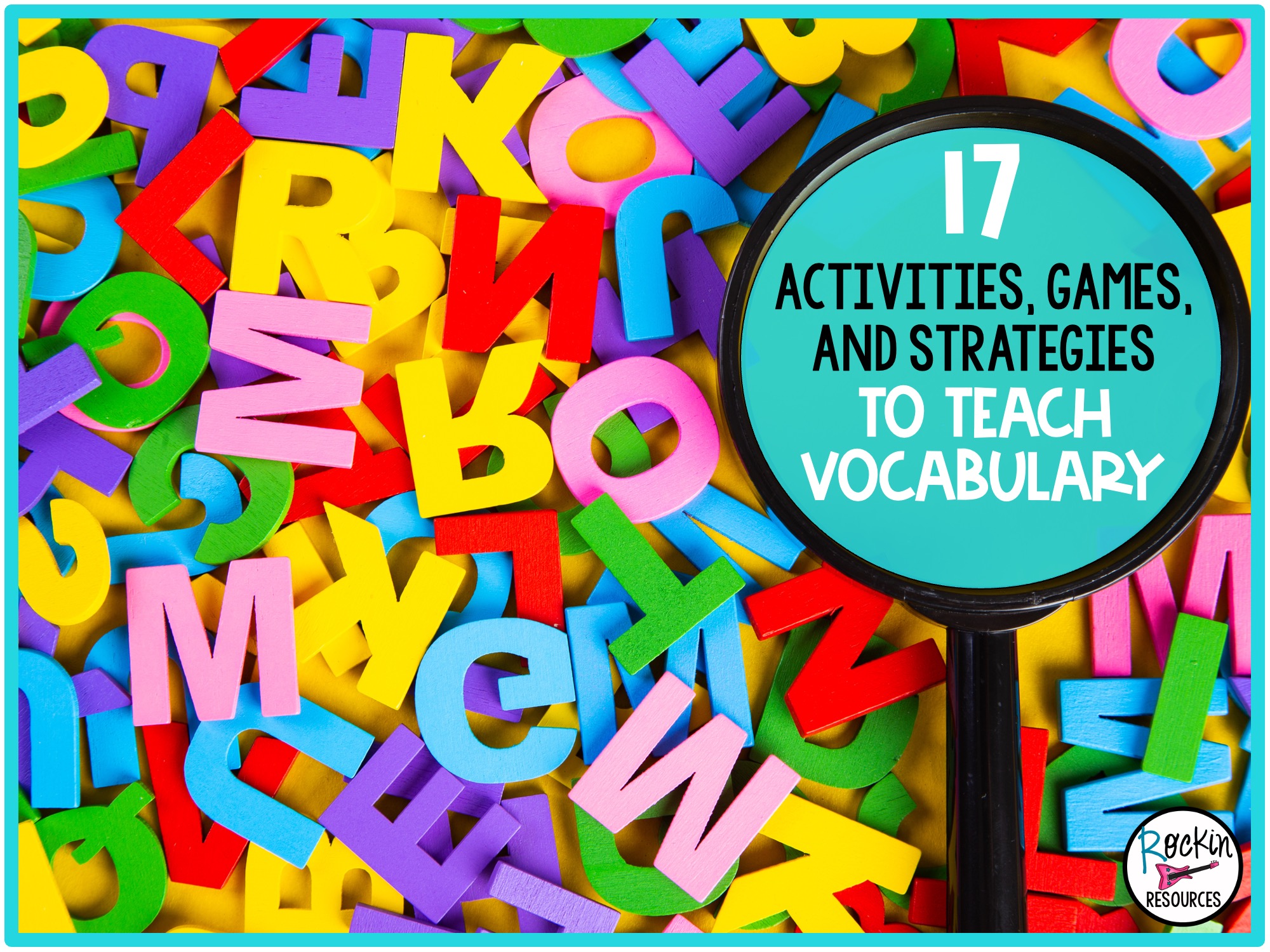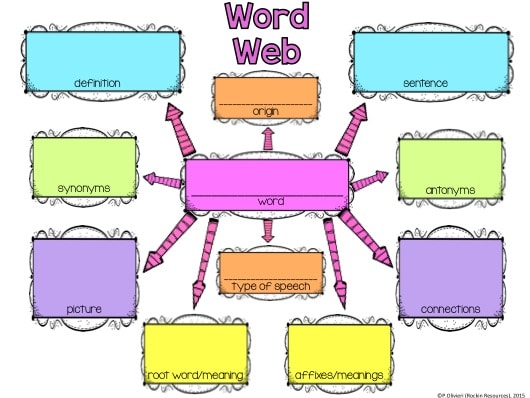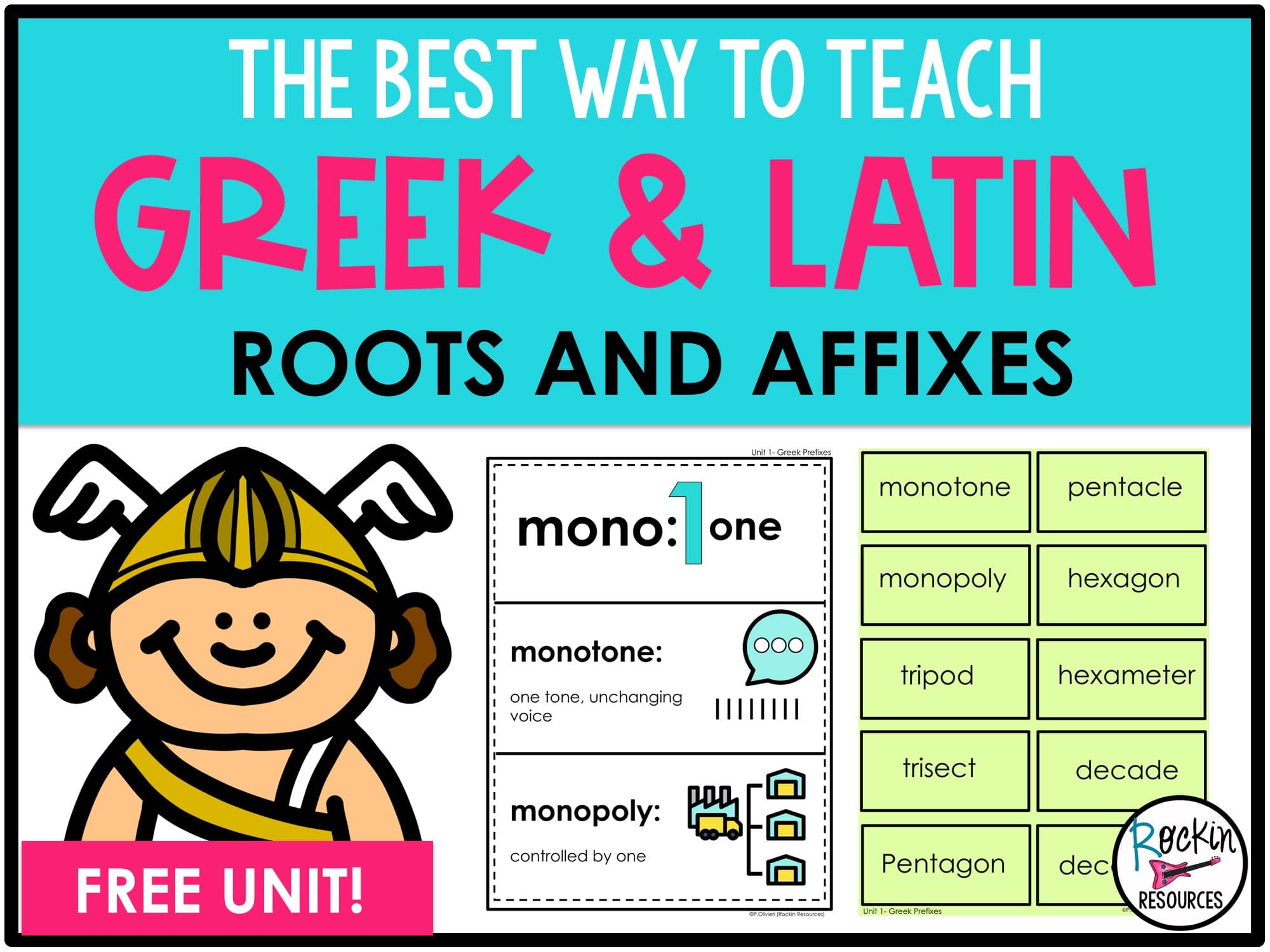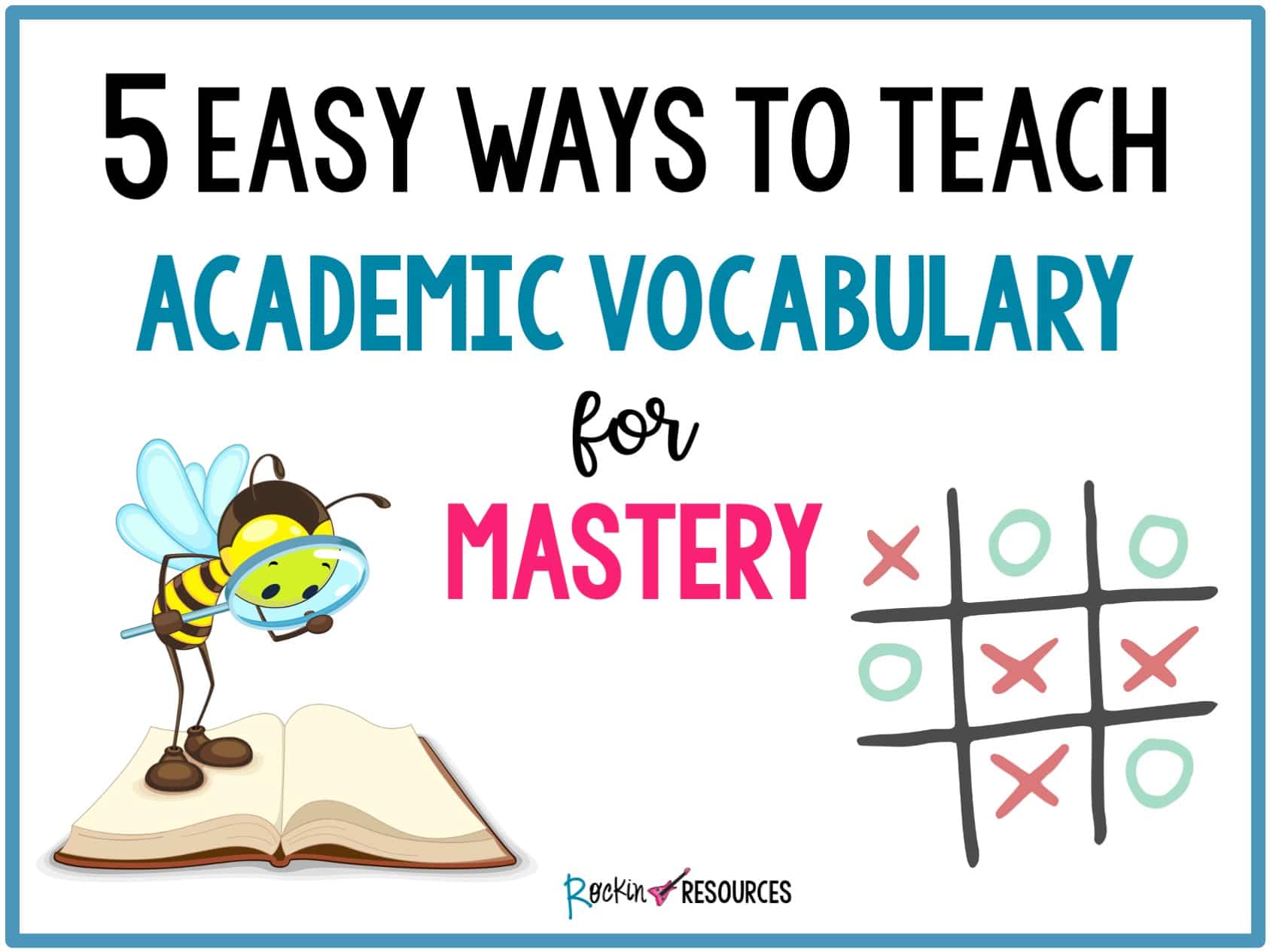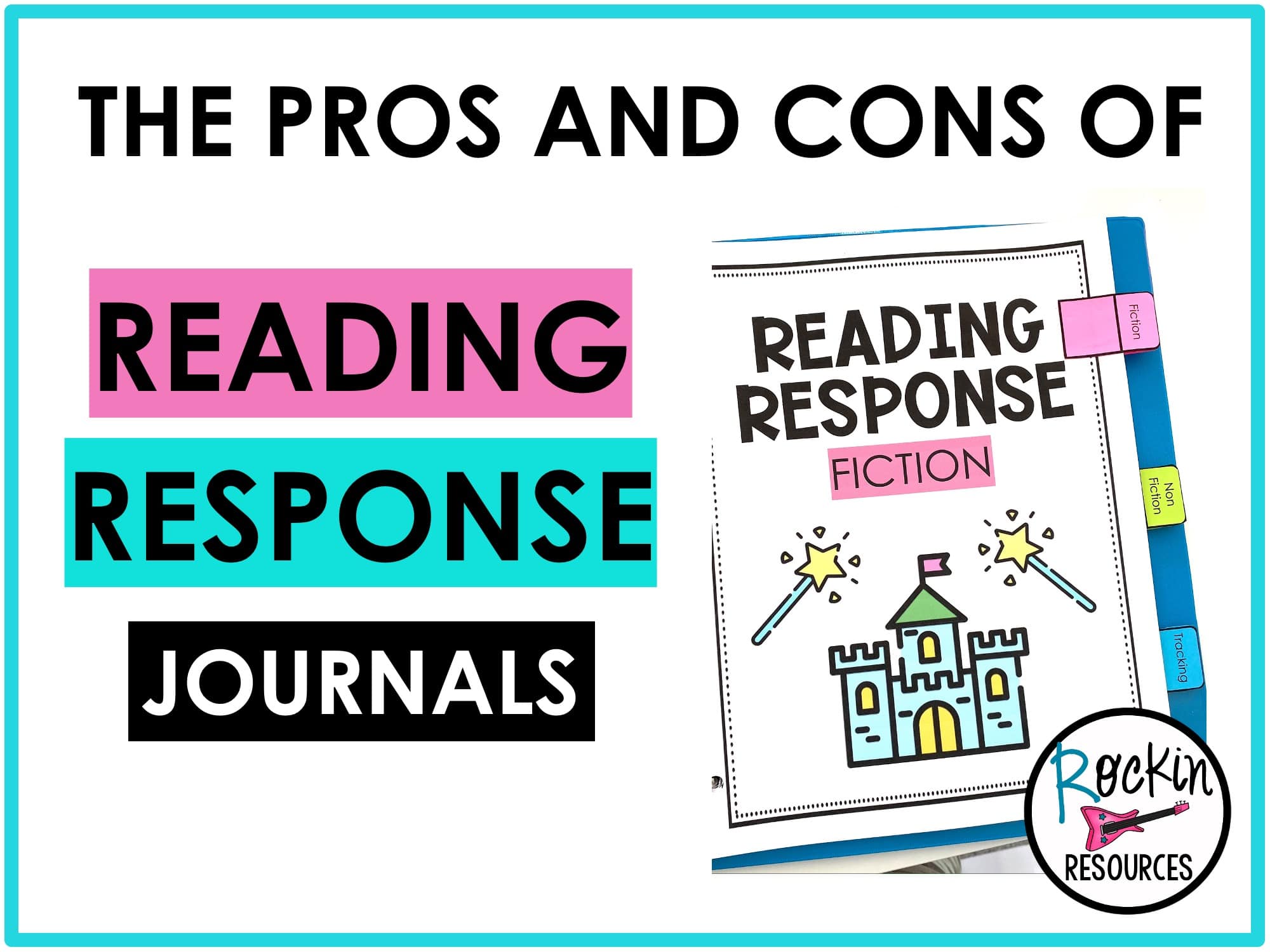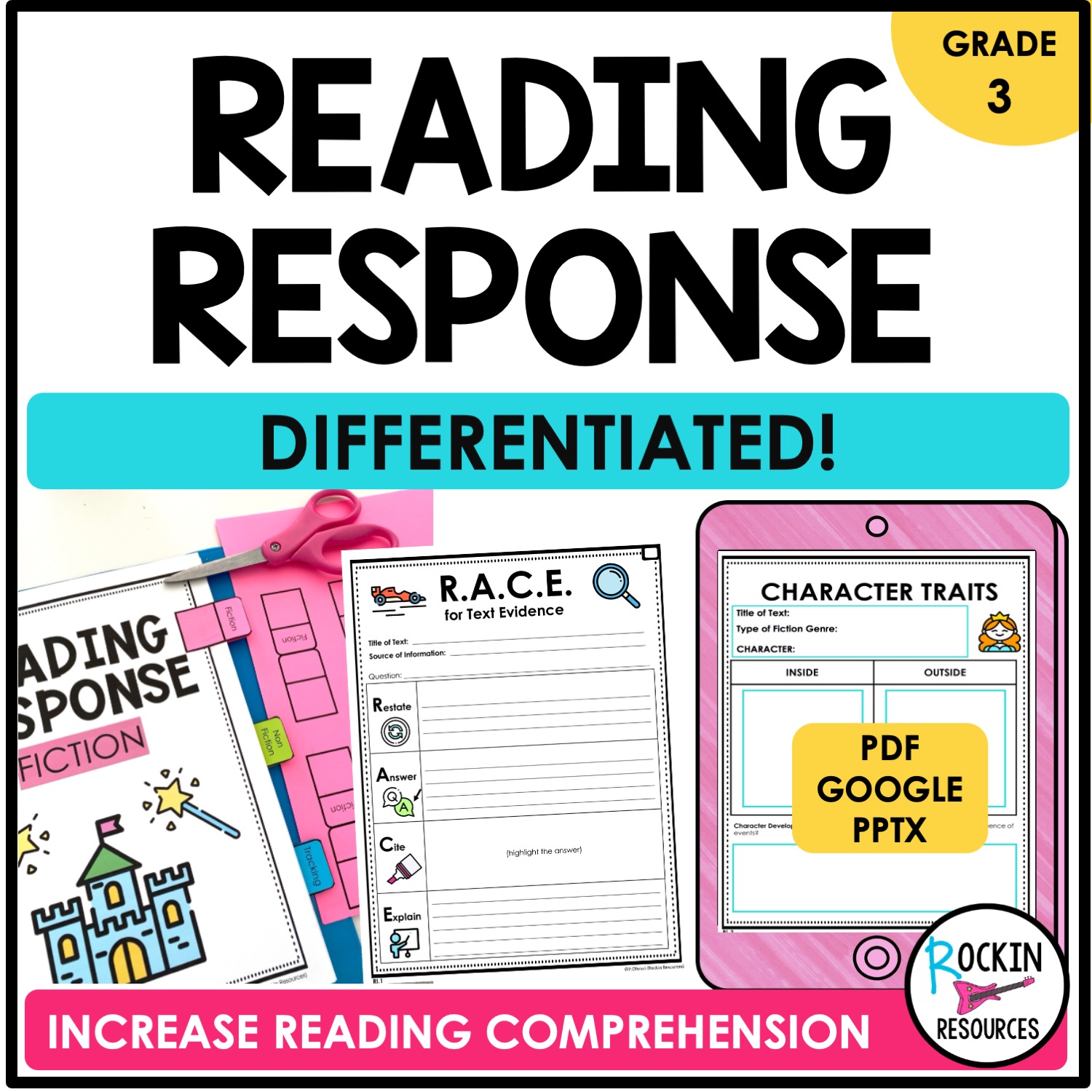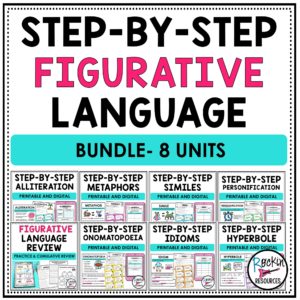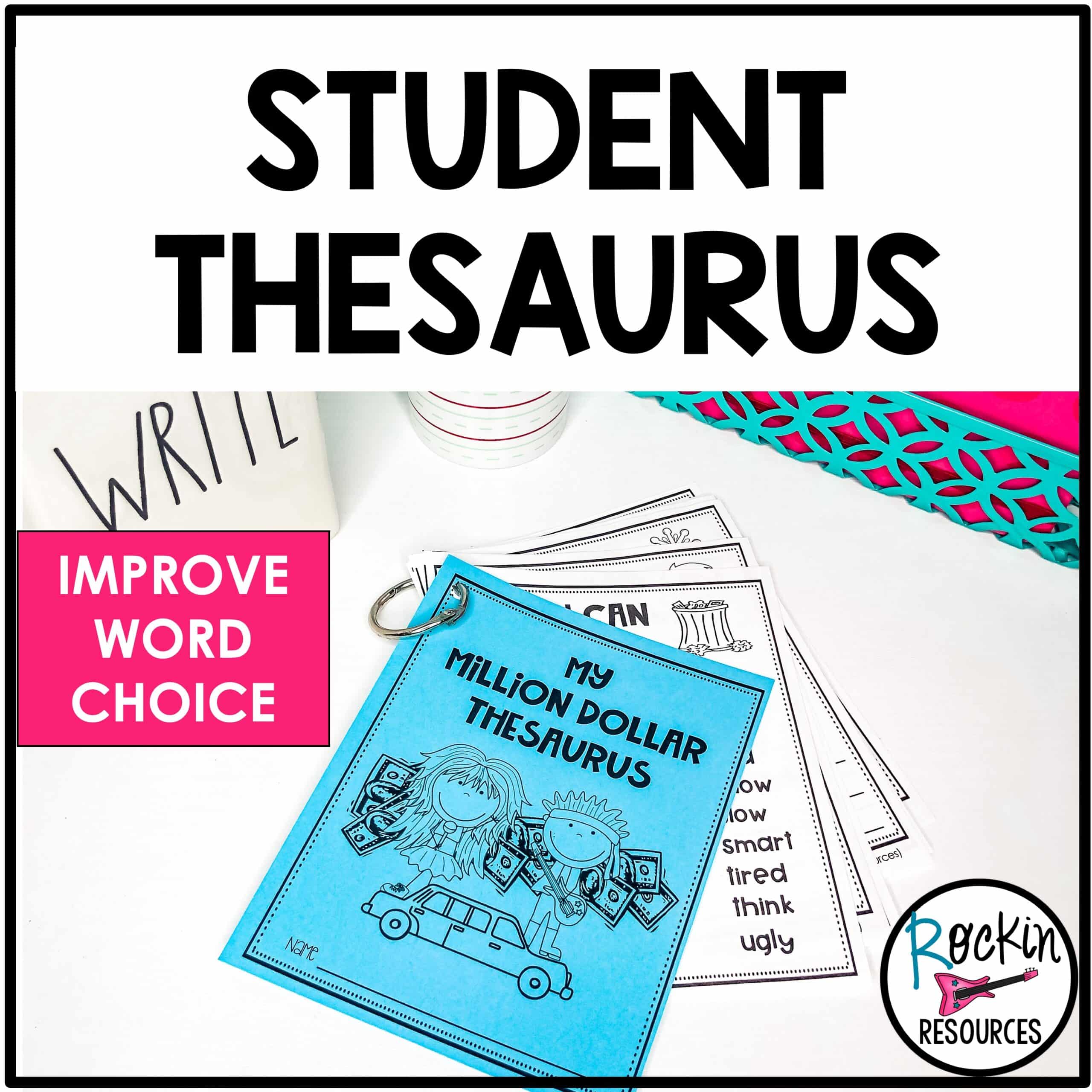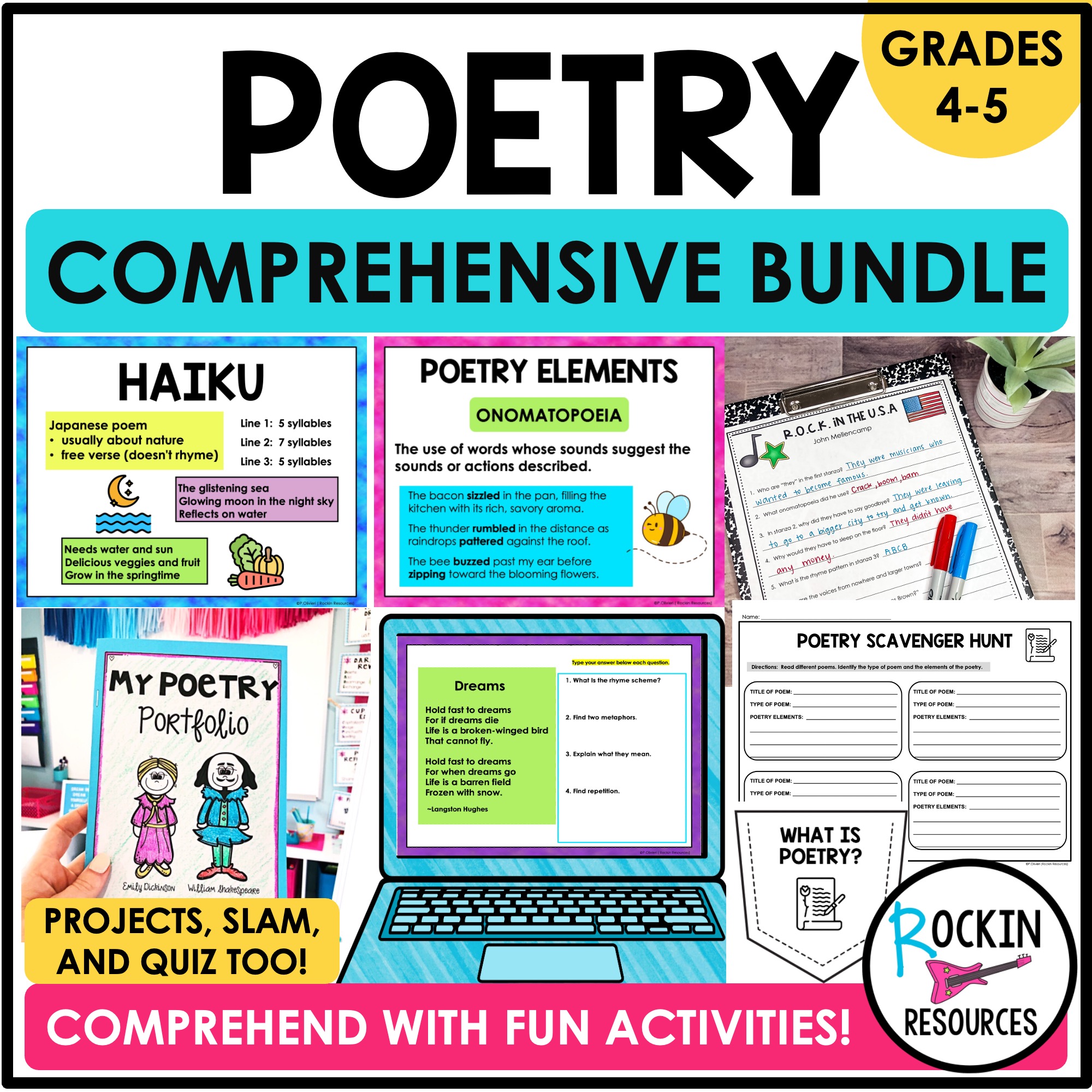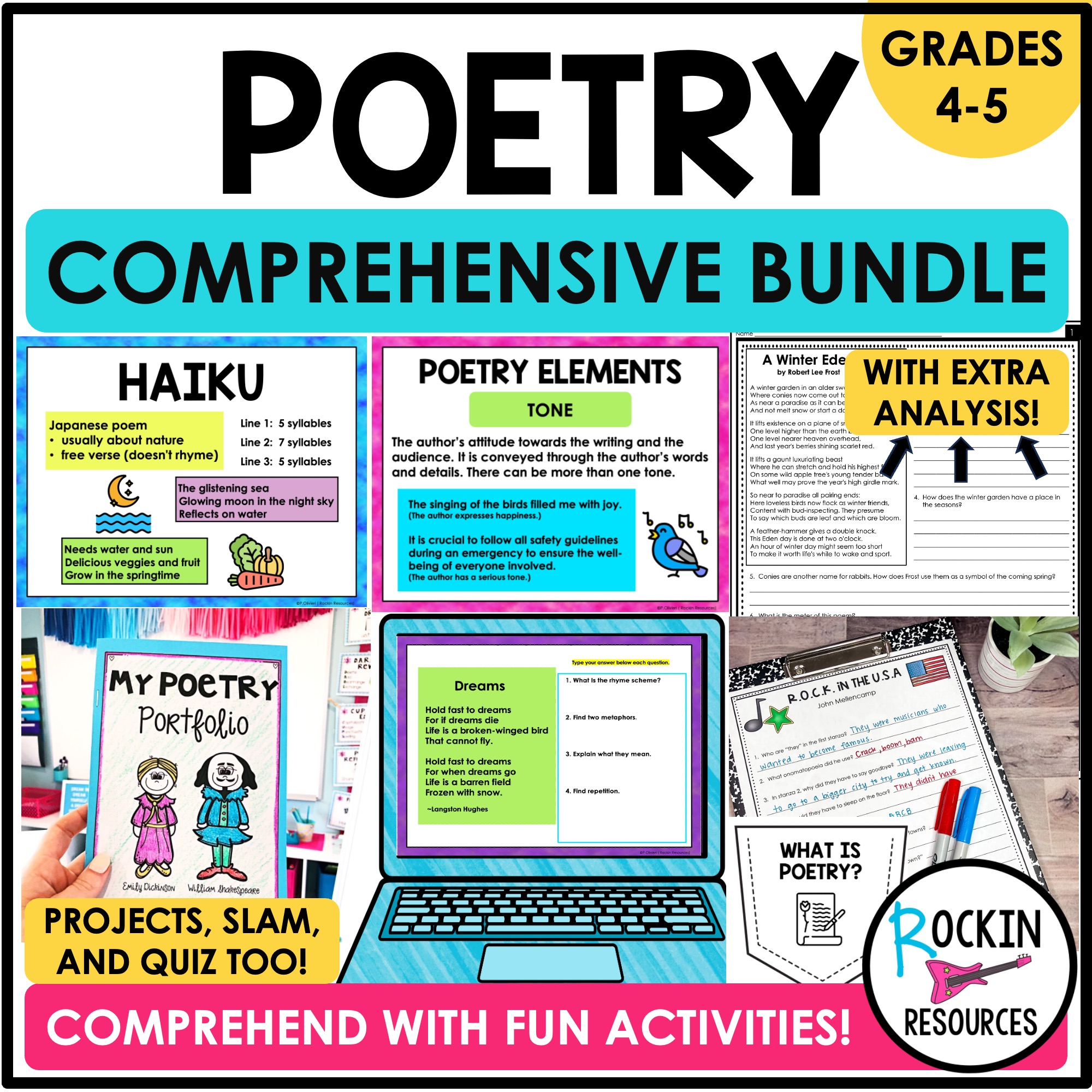Long vocabulary lists can appear daunting and unlearnable at first glance, but they don’t have to be perceived in such a way. Here we have engaging and entertaining activities, games, and strategies to help your students master their vocab lists with ease. Learning is made fun with the right tools, tips, and tricks, like these listed below! Check out 17 activities, games, and strategies to teach vocabulary!
1. Semantic Word Map
Semantic word maps, also known as word webs, act as a type of graphic organizer to help students learn vocabulary by essentially dissecting the words. Word webs allow students to build upon their own understanding of words by branching out and connecting the dots between the word’s origin, dictionary definition, synonyms, and antonyms. This dynamic activity offers students a comprehensive set of information to ensure that they acquire a well-rounded understanding of the word.
2. Sketch Notes
Sketch notes are a great way to learn about vocabulary in a room full of doodlers! Sketch notes are notes that incorporate illustrations and doodling to connect the word’s definitions with visual representations. For example, if we’re learning the word “shriveled”, I would want to draw a picture of a raisin, or maybe the desert beside the word to remind me that the definition mentions a lack of moisture. This activity allows the student freedom of expression, which greatly assists them in the process of learning and absorbing information. Doodle-prone students will likely have lots of drawings on their notes, whereas word-oriented students will probably have less. There’s no right or wrong way to do this activity, and it’s best if you give it a try beforehand to provide your students with an example of one of the ways they can create sketch notes. Anything visual is key to understanding. That is why in my Greek and Latin Units, I include images on the anchor charts to give students a visual of the affix, root word, and vocabulary words!
2. I Have, Who Has Game

I Have, Who Has is an easy-to-make game that can be played again and again with different vocabulary lists. Make up a stack of small cards that each recreate a call and answer format wherein the student will “have” one vocabulary word and then ask the other players who has the card that matches their question. Optimal for small group gameplay, one student reads their card aloud, such as “I have centimeter. Who has the root meaning of four?” Then, a student will eventually respond with their card which reads, “I have quad. Who has glasses with two lenses?” and so on! It can be done multiple times with the same cards. Just reshuffle and pass them out again! I include these in all my Greek and Latin Units, as well! Kids love it!
3. Jeopary Powerpoint
Jeopardy PowerPoints are fun for the whole classroom and truly perfect for learning about and reinforcing vocabulary words. Break up your students into smaller teams, and even incentivize winning with a special treat or extra credit opportunities. With five columns across and five horizontally, going from easiest (100) to hardest (500), students take turns choosing their own level of difficulty. Behind each box should be the definitions, allowing the student to figure out and name which word is being described. The team with the most tracked points at the end of the game wins! There are some cute Jeopardy templates out there!
5. Graphic Organizers
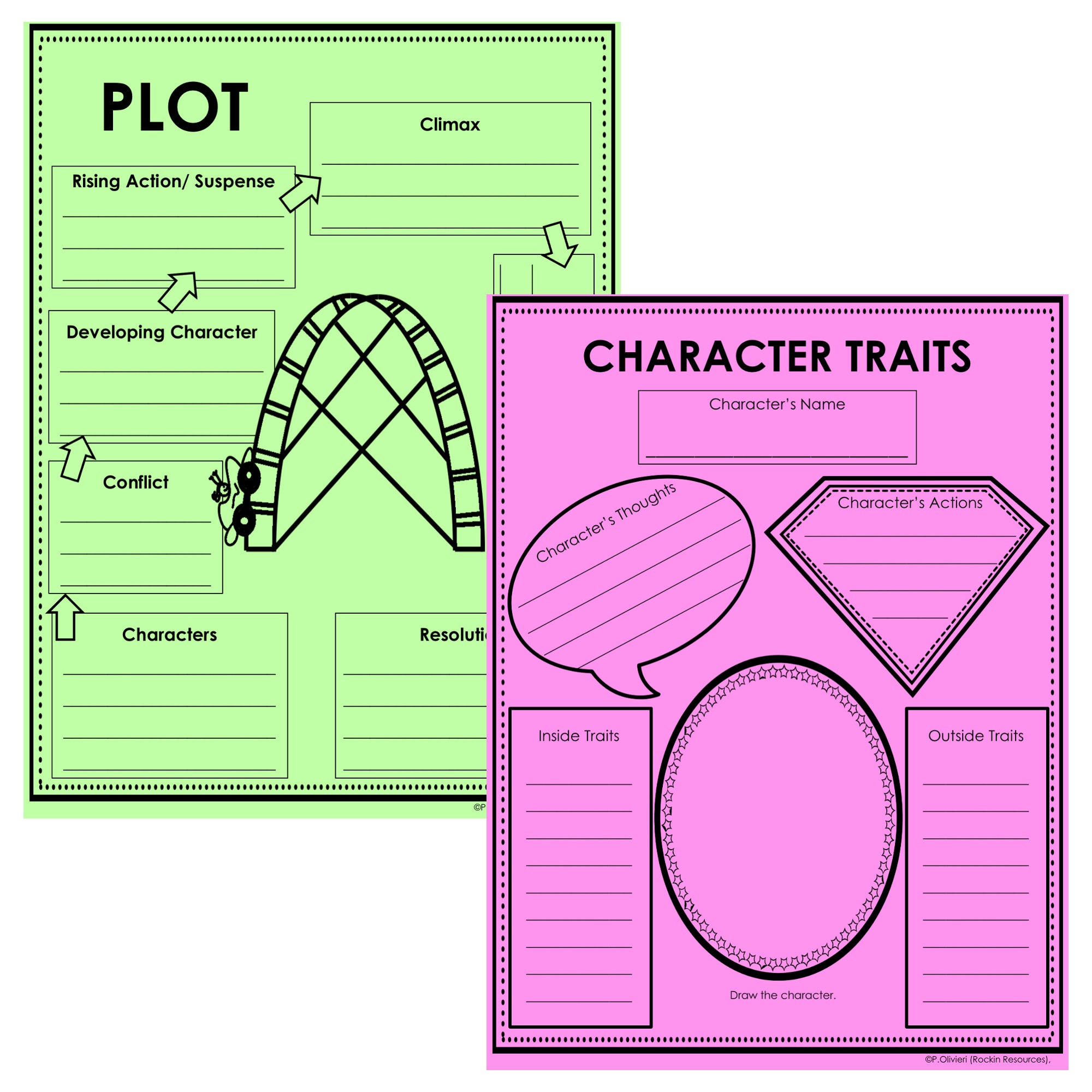
Graphic organizers are important when trying to connect with visual learners. This activity allows students to organize different elements of a word, such as its definition, an illustration of it, its part of speech, and how it would be used in a sentence. The graphic organizer provides students with everything they need to know about their vocabulary word in one spot, also making it a great tool for studying and reviews! I also like to use graphic organizers when teaching figurative language and million-dollar words (what I call word choice). We put these into reading response journals.
6. Social Media/Apps

Draw inspiration from popular social media apps like Pinterest to create unique and fun vocabulary activities. Have your students create their own Pinterest Boards by cutting out or drawing images of things that are related to their vocabulary words. These visual representations will help to enhance their memory recall of their words! If tablets are readily available, try using the Quizlet app, which works wonders for learning vocabulary! On the app, there are options to study virtual flashcards, take quizzes, play games, and more to help master familiarity with the words.
7. Poems
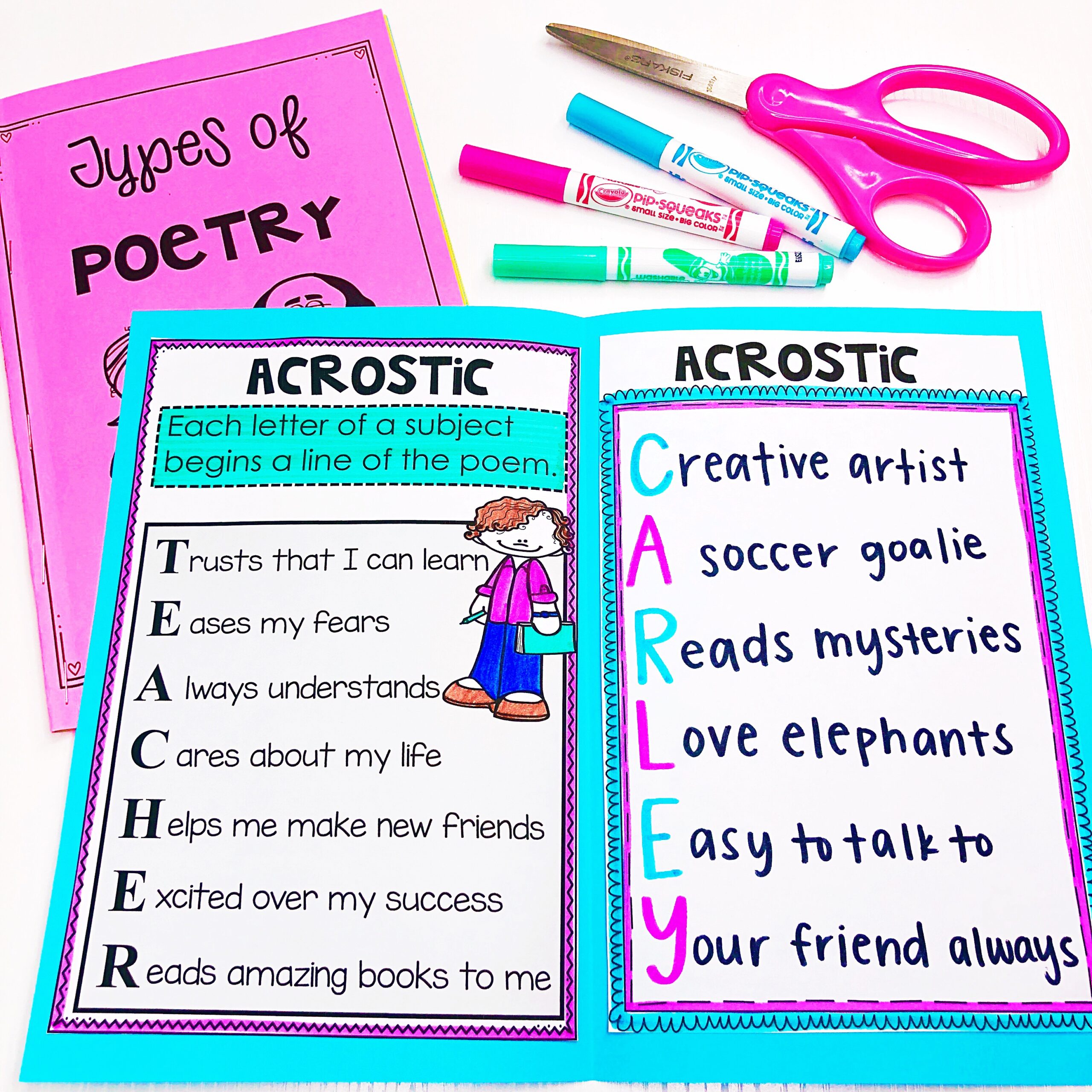
Poems are another way to incorporate creativity into the process of learning and memorizing vocab. Invite your students to get poetic with their vocabulary words by having students create their own acrostic poems. This form of poetry requires the student to write about things that are related to the vocabulary word that they’re studying. For example, here’s an acrostic that I made about the word “Spring”:
S- sunshine
P- play outside
R- rain showers
I– ice cream
N- new baby animals
G– green leaves.
Cinquain poems can also be a great avenue for learning about vocabulary. These five-line poems are known for being rich in imagery by using descriptive words to discuss the subject of the poem. Take this anonymously written cinquain about watermelon, for example:
Watermelon
Juicy, sweet
Dripping, slurping, smacking
So messy to eat
Yummy
The more descriptive, the better! I have a poetry unit that includes these types of poems if you are in need of teaching materials for poetry!
8. Hedbandz
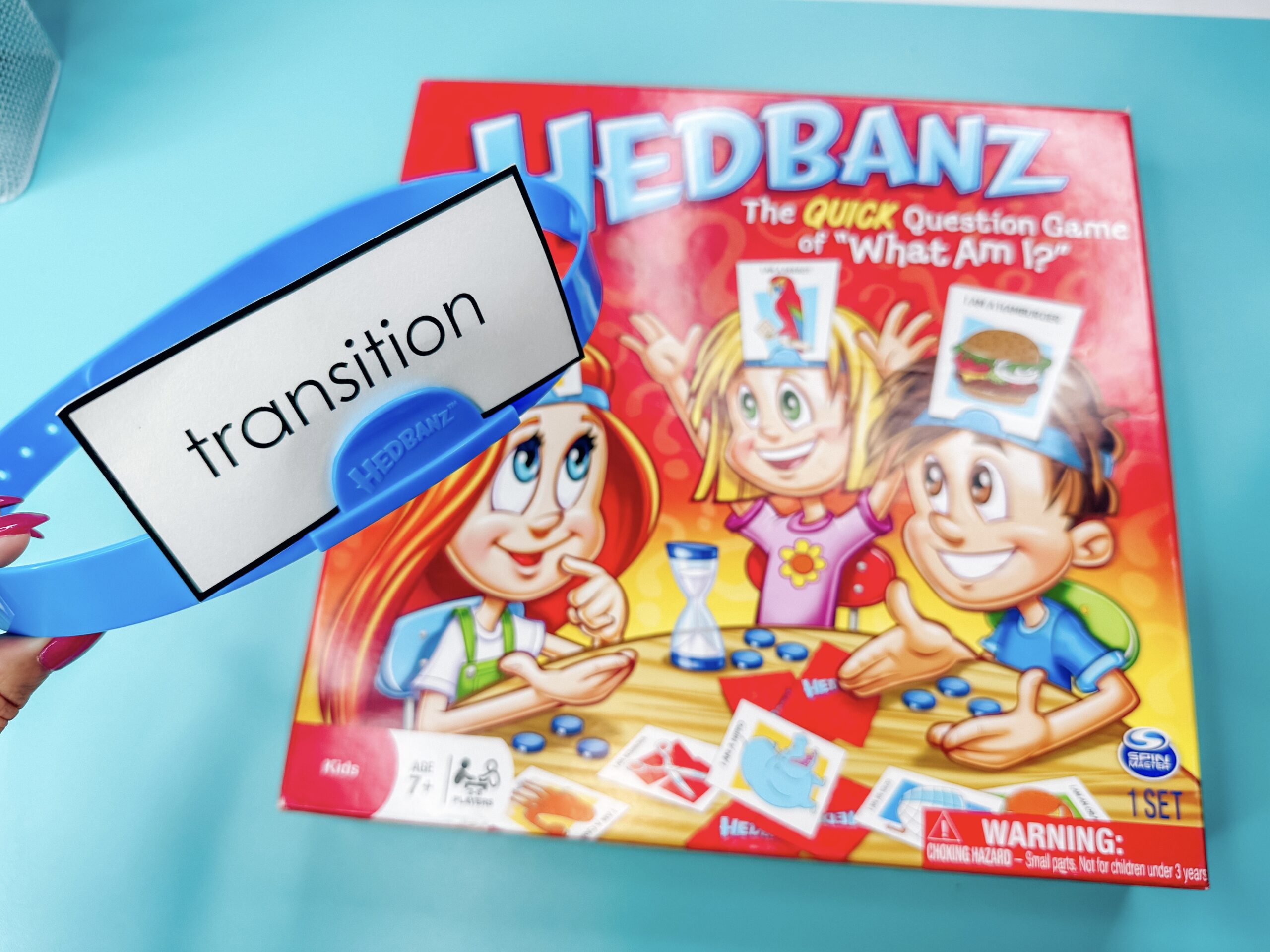
Hedbandz is a fan-favorite both inside and outside of the classroom! It really is such a perfect game for teaching vocabulary because it requires all the players to be engaged. It also encourages them to study their vocabulary even more, since those who guess the most words correctly win! For this vocab version of Hedbandz, replace the regular game cards with vocabulary cards. (If your vocabulary unit comes with flashcards, just use those to save you time! I include flashcards in my Greek and Latin Units for multiple uses!) Each student must tuck a vocabulary card into their headband without looking, leaving it up to their other teammates to give them good clues about what it is until they can guess their word correctly.
9. Concentration
Concentration is an oldie but goodie matching game. I remember playing it as a kid. It would work well for students as an in-class activity or as a take-home practice tool! There should be a card for each vocabulary word, as well as for its matching definition. To play, all the cards should be shuffled up and spread out in a rectangle, with the words and definitions lying face down. The player should select one card to flip over, and then they must guess where the corresponding card with the matching word or definition is on the board. As soon as the player gets a match between the word and definition, they’ll take the two cards out, which helps make the game easier as time goes on! The goal is to work on memorization and matching, all while the player reinforces their understanding of the vocabulary words!
10. Crossword Puzzles

Create your own Crossword or use an online puzzle maker for extra practice at mastering vocabulary lists. Crossword puzzles are awesome because they help students with spelling, guessing, and problem solving! It’s satisfying to fill in the blanks, which explains why crossword puzzles can help motivate students to learn and improve upon their vocabulary knowledge, too.
11. Word Journal
Have your students dedicate a journal (or a portion of a journal) to be their designated word journal! Here, they can store a full list of the vocabulary that they’ve learned in class by adding to it as each vocab unit goes by. This allows them to keep track of what they’ve already learned and can also be referred back to when tasked with “Throwback Writing Assignments” wherein they must go back and use words from a previous vocab unit to help them write. This will keep the students from easily forgetting about what words they learned the previous month!
12. Vocab Wall
Vocab walls make for wonderful visual representations for students to learn from and refer to as they’re in the classroom. Put this week’s vocabulary words up around the room, where they can be easily seen by your students. You can use them for interactive warm-up lessons, or simply as a strategy to keep these words at the forefront of your students’ minds and eyes!
13. Vocab Taboo
This game can be played by dividing the class into two teams. Between the teams, split up a shuffled stack of vocab words written on index cards or slips of paper. Make sure the stack remains upside down! Team members then take turns choosing a card from the stack, WITHOUT looking at the card. Whoever has the card faces the other team and holds the card up on their forehead so that only the other team can see the word. Without saying the actual word or that “it rhymes with…”, the other team must describe the word by its definition, part of speech, or other identifying characteristics so that the player can guess what it is. If the player holding the cards guesses the word within the allotted time, the team providing the clues gets two points and the guesser gets one. At the end of the game, the player with the most points wins. However, all the players will have gotten to practice their vocabulary, so, really… everyone wins! Check out this example below for further clarification on how to play Vocab Taboo!
Example: Mary holds the card facing out. The word is “chronological”. Pam, Michelle, and Monica are on the opposite team. Pam says, “This is when a list of things is ordered by when they occurred.” Mary can’t get it. Michelle says, “The word’s prefix means time.” Mary then guesses the word is “chronological” and gets one point. The other team gains two points.
14. 25 Words or Less
25 Words or Less is another 2-team game! Once the students are divided into two separate teams, split a shuffled stack of vocabulary words written on index cards or slips of paper between them, making sure that the stack remains face down. The team members then take turns choosing a card from the pile without showing anyone else their card. The card holding player must then get the other team to guess which word is on their card without using the word or any part of it as a clue. They cannot say that “it rhymes with” but they can use the definition of the word! The word-giver can only use 25 words before their turn is up. If it’s guessed, the team with the word-giver gets a point. If the word isn’t guessed using 25 words or less, the word is revealed, and no points are given. Alternate between the teams and players until all the words are used. The team with the most points, wins!
Example: Joe gets the word “adapted.” He gives clues like: “change in conditions”, “transform”, and “alter” when Karl guesses the word is adapted. Karl’s team then earns a point!
15. Make a Paragraph/Make a Story
This activity can be done in pairs, small groups, or as a solo activity. Give the students a list of vocabulary words (no more than twelve) and tell them that they must write a story/paragraph using at least ten of the words. Have the students underline or highlight each word from the list in their stories, too! If you have students in partners or small groups, they can brainstorm the plot of the story together and then take turns writing it, handing in one completed story. For struggling writers, feel free to adjust the number of required words that they must include.
Example: Using the words forbidden, warden, judge, perseverance, despite, increasingly, dazed, barren, desolate, burlap, and buzzard, Reneta made the following paragraph:
Leslie knew she had to escape from the desolate orphanage, run by the cruel warden, Mr. Gage. She crossed the barren desert, despite the harsh heat. Feeling increasingly dazed after hours in the hot sun, she finally made it to the courthouse in town. She knocked on Judge Tamsin’s door. “Please listen to me, Judge. I was forbidden to tell anyone what happened at the orphanage, but I escaped. Mr. Gage works us too hard. We sleep on old burlap sacks. Some kids are ready to give up. Their spirits are broken. I walked all the way across the desert to get help.” “Don’t worry,” Judge Tamsin said. “Your perseverance will be rewarded. I will call the sheriff and the deputies. We will rescue your friends and put Mr. Gage out of business!”
16. Charades
Charades must be played in small groups or with the whole class. The teacher should provide the words on slips of paper, choosing one student to begin by drawing a slip of paper without showing it to anyone. The student must act out the word or words that will help the rest of the group guess the correct word. No sounds, noises, or words may be uttered! Only motions and acting out are allowed. The first player to guess the word must then define it. If they’re successful, that player gets a point (for themselves or their team, depending on grouping). Play is repeated until all students have had a turn to act out a clue. The team or player with the most points wins!
Example: Baz gets the word “warden.” He walks around with his hands on his hips. He drags an imaginary figure away and pretends to slam the door, lock it, and paces in front of it. Leo guesses the word is prison. Meena guesses the word is guard. Tess guesses the word is warden. Tess then provides the right definition for warden and gets the point. The next student draws a new word.
17. Minute to Win It
This game should be played with multiple vocabulary lists as a review before assessments! The object of the game is to correctly define as many words as possible in one minute, wherein the person with the highest number of correct responses wins. The teacher sets a one-minute timer and then verbally gives a word to the first player, one at a time. The player defines the word correctly and with as much speed as possible. If the definition is unknown, the player may say “skip” to move on to the next word. The teacher gives as many words as possible in one minute and then records how many words the player defined correctly. Subsequent players will then try to beat that number, with the same allotted time provided. After each student has been given a turn, whoever has the highest record of words correctly defined in one minute wins! This competitive game can also be played in smaller groups, with one student playing the same role as the teacher in this example.
Note: This can be used as a one-on-one review, with the teacher quizzing students in speed drills, going from desk to desk. The student with the highest number can be the class champ, or they may try to see if they beat their own personal best each week.
Example: The teacher asks Phillip to define the words from the list below. He was able to define five in one minute. Ellie was able to define 7. Indira was able to define eight. Indira wins the Minute to Win It vocab challenge.
Evolve from a strict memorization mindset into one that encourages the comprehensive retention of vocabulary words by implementing some of these listed activities, strategies, and games in your classroom! Watch your students as they find the joy of incorporating creativity, competition, and fun into their learning experiences, and let us know which activities you liked to use the most.
Keep Rockin,
SEE SIMILAR BLOGS:
DISCOVER RELATED RESOURCES:
-
3RD GRADE READING RESPONSE JOURNAL – READING RESPONSE WORKSHEETS
Original price was: $9.99.$7.00Current price is: $7.00. -
4TH GRADE READING RESPONSE JOURNAL – READING RESPONSE WORKSHEETS
Original price was: $9.99.$7.00Current price is: $7.00. -
5TH GRADE READING RESPONSE JOURNAL – READING RESPONSE WORKSHEETS
Original price was: $9.99.$7.00Current price is: $7.00. -
Figurative Language Bundle
Original price was: $38.00.$18.99Current price is: $18.99. -
Greek and Latin Roots – Prefixes, Suffixes Study Units Bundle – 20 UNITS!
Original price was: $59.98.$24.00Current price is: $24.00. -
Million Dollar Thesaurus
$3.00 -
Poetry Bundle
Original price was: $17.99.$12.99Current price is: $12.99. -
POETRY UNIT WITH POETRY ANALYSIS PRACTICE
Original price was: $24.99.$18.99Current price is: $18.99.
SHARE THIS POST ON PINTEREST:


